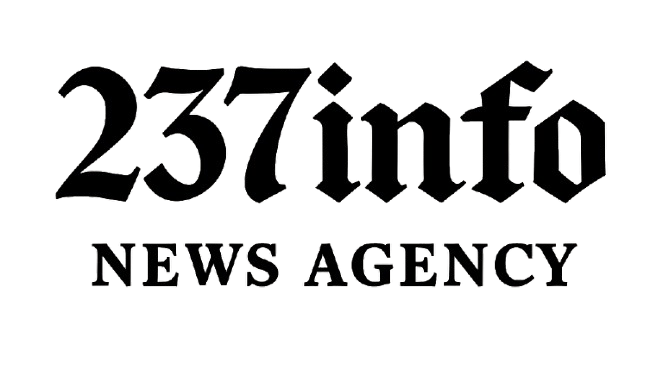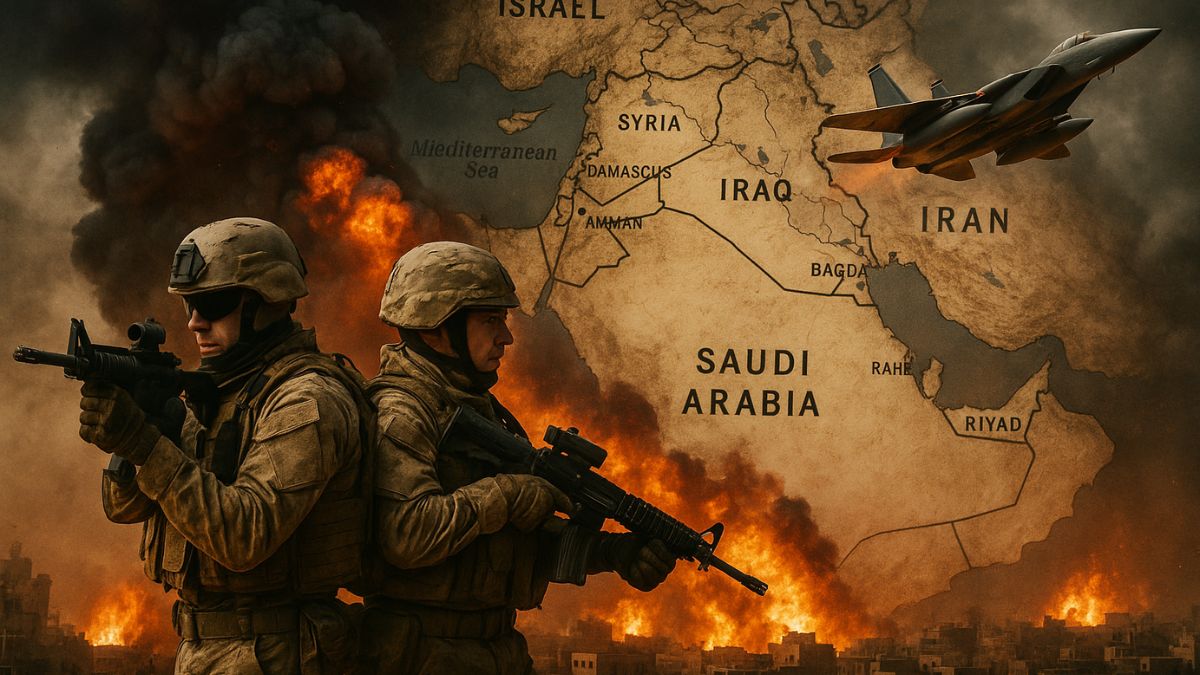In June 2025, the Middle East witnessed its sharpest escalation in years. A sequence of covert operations, airstrikes, and retaliatory missile barrages plunged the region into crisis. In this post, we break down how years of simmering tensions culminated in a dramatic explosion of conflict—and what it might mean for the world.
The Spark: Israel’s Hybrid Campaign in Iran
- Early June 2025 saw an unprecedented hybrid operation spearheaded by Israel’s Mossad and Air Force. Mossad established a covert drone base inside Iran, sabotaging missile sites and air defenses with explosive-equipped UAVs.
- This shadow work paved the way for a major air campaign carried out between June 13–15, targeting missile infrastructure, nuclear-relevant sites, and IRGC command centers.
- The combined cyber-drone-air assault dealt a heavy blow—destroying dozens of missile launchers and significantly degrading Iran’s immediate retaliatory capacity.
A Rapid Escalation: Tit-for-Tat Strikes
- In response, Iran launched ballistic missiles and drones at Israel and threatened Western bases supporting Israel.
- Israel followed with deep strikes on Iran’s nuclear facilities at Fordow, Natanz, and Isfahan over the following days (news.com.au).
- By June 22, the U.S. escalated further—airstriking Iranian nuclear sites using bunker-busting bombs, with full Israeli cooperation (theguardian.com).
Why Now? Decades of Pressure + Shifting Dynamics
- Strategic timing: Israel moved after the Gaza conflict, seeing a window to strike Iranian proxy networks in Syria and Lebanon, while Iran sought to reinforce deterrence image amid its regional isolation (lansinginstitute.org).
- Domestic pressures: Iran’s economy strains and unrest gave the regime incentive to rally nationalist sentiment through confrontation.
- Regional realignment: Saudi-Israel normalization and warming ties with Arab nations threatened Iran’s standing; it needed to reclaim influence.
- Global calculation: With Trump’s return to the White House, Israel bet on U.S. support; Iran tested the limits of American red lines .
Ripple Effects Across the Region
- Military: Daily cross-border airstrikes raised the specter of a full-blown regional war.
- Humanitarian: OCHA reported civilian casualties, damage to schools and infrastructure, and vast displacement—Tehran saw mass evacuations (unocha.org).
- Economic: Oil prices spiked as markets feared disruption in the Strait of Hormuz, critical for global supplies (allianz.com).
- Diplomatic: World leaders—from the UN Secretary-General to EU and G7—condemned military actions and called for de-escalation.
The Tipping Points Ahead
- Blockade threats: Iran’s parliament is considering closing the Strait of Hormuz—a move that could choke 20% of global oil flow (nypost.com).
- Proxy warfare: Expect heightened activity by Hezbollah, Houthi forces, and Iran-aligned militias—and possible sanctions rollbacks or nuclear treaty developments (theaustralian.com.au).
- Global responses: Russia and China have criticized the strikes, while the UK and Europe urge restraint. U.S. rhetoric is split between hawks and realists .
Global Implications
| Area | Potential Impact |
|---|---|
| Oil Markets | Continued price volatility; potential $100+ Brent if supply is disrupted |
| Security | Risk of accidental escalation or miscalculation across Gulf waters and shipping routes |
| Diplomacy | Nuclear deal efforts stalled; UN Security Council convened; IAEA alarmed |
| Regional Global Diplomacy | Gulf states and EU may mediate, but rivalries persist—Turkey-Israel relations cautious |
Pathways to De‑escalation
Experts propose:
- Third-party mediation via Qatar, Oman, Turkey, or Russia to avoid full war (lansinginstitute.org).
- Focus on humanitarian corridors to protect civilians.
- Strategic diplomatic bundling—tying nuclear discussions with regional security guarantees (unocha.org).
- Proxy de‑escalation—pressuring militias in Lebanon, Yemen, Syria to stand down (ne ws.cgtn.com).
Conclusion
The June 2025 flare‑up is a product of decades-long strategic posturing, covert and overt military operations, economic duress, and power recalibrations across the Middle East. From Mossad drone strikes to U.S. bunker‑busting bombs, each move intensified the tinderbox. As the world watches, the path ahead may involve careful diplomacy—or risk spiraling toward a larger regional war.
✍️ Author’s Note
This comprehensive overview is crafted for analytical clarity and global context. Track ongoing developments and oil market trends right here in the coming days—we’ll keep you updated.

